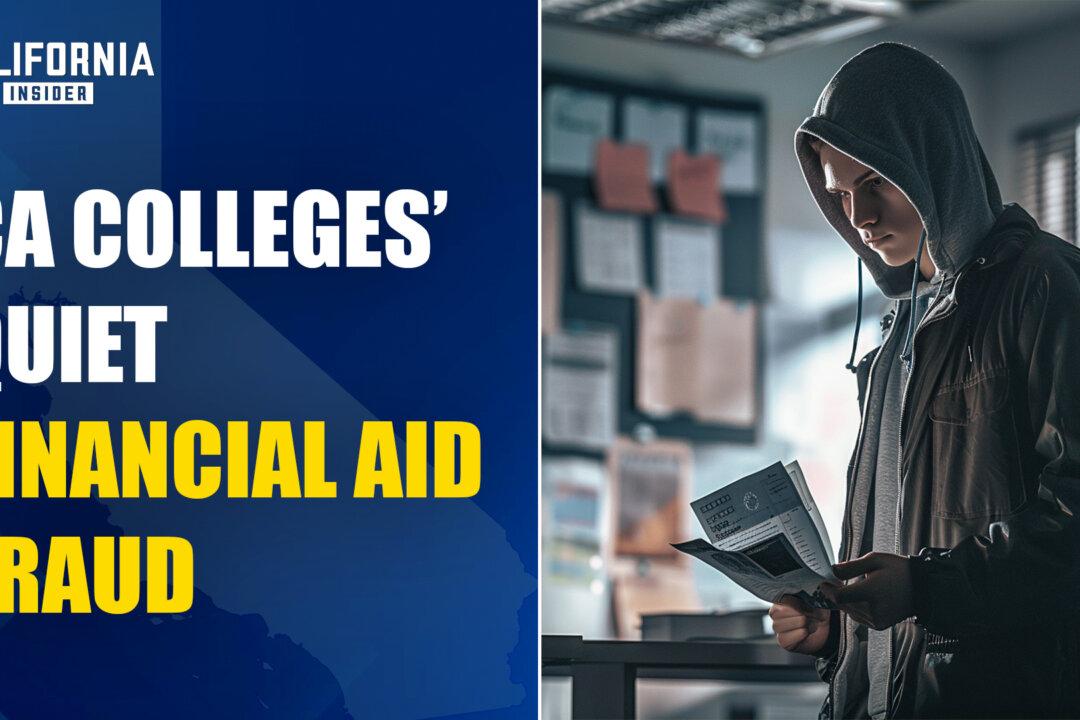Key Takeaways
- 0:00 California Community Colleges Lose Millions to Financial Aid Fraud
- 2:21 The Dilemma Facing Community Colleges
- 3:38 The Cost to Taxpayers, Teachers, and Real Students
- 5:24 Foreign Criminals, Identity Theft, and the Fight for Data Transparency





